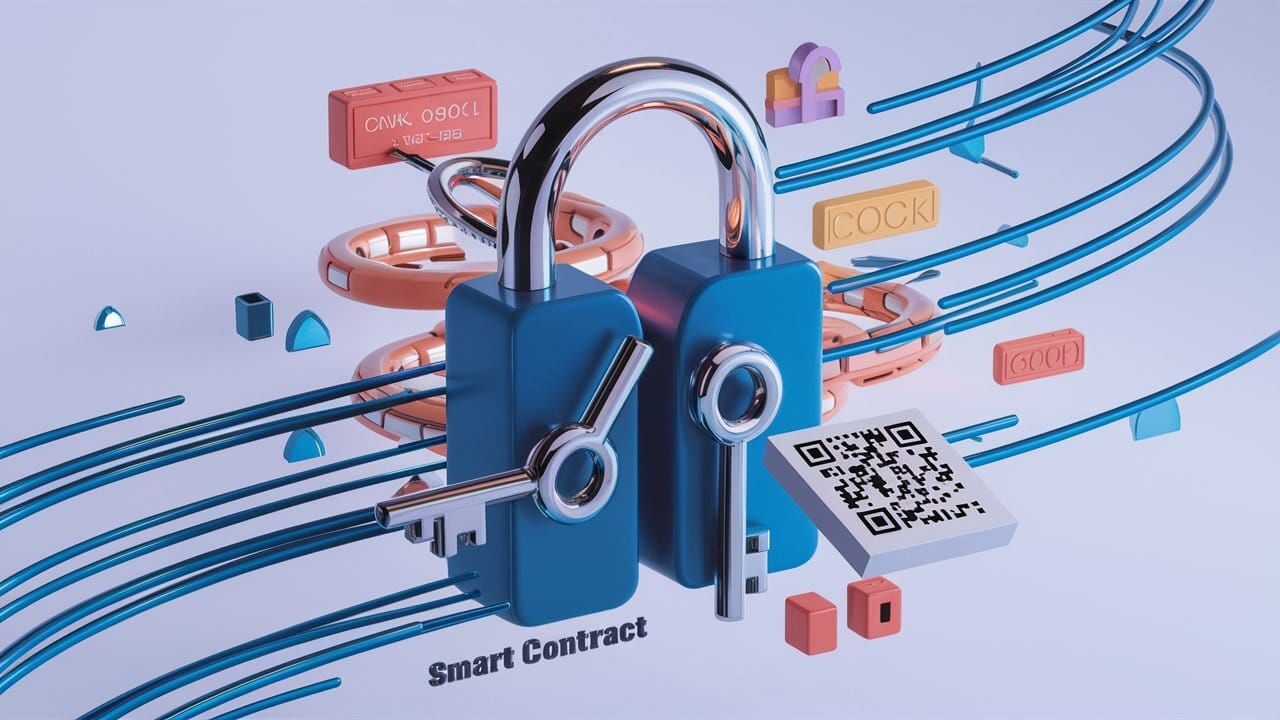- whyCrypto
- Posts
- Exploring Smart Contracts: Key Features, Uses, and Future Prospects
Exploring Smart Contracts: Key Features, Uses, and Future Prospects
Understanding the Mechanics, Applications, and Evolution of Smart Contracts
Exploring Smart Contracts: Key Features, Uses, and Future Prospects

Smart Contracts
Introduction
Smart contracts are a transformative technology central to blockchain platforms like Ethereum. They automate and enforce the execution of agreements without intermediaries, offering unparalleled efficiency, transparency, and security.
What Are Smart Contracts?
A smart contract is a digital contract that is automatically executed when predetermined conditions are met on a blockchain network. It facilitates trustless transactions between individuals who may choose to remain anonymous, eliminating the need for an intermediary like a bank. Smart contracts reside on a blockchain and automatically execute when predefined conditions are met.
How Do Smart Contracts Work?

Smart Contract Flow
Smart contracts operate on an "if-this-then-that" principle. Here’s a detailed breakdown:
Code and Conditions: The contract is coded with specific conditions (e.g., "If person A sends 5 ETH to person B, then transfer ownership of digital asset X to person A").
Blockchain Integration: The smart contract is deployed on a blockchain, ensuring immutability and transparency.
Trigger and Execution: When the conditions are met, the contract automatically executes the specified actions.
Example Understanding
Imagine a vending machine as an analogy for a smart contract. You insert money (triggering condition), and the machine automatically dispenses the chosen product (execution). There's no need for a shopkeeper to oversee the transaction.
Components of Smart Contracts
Parties Involved: Entities entering into the agreement.
Terms of Agreement: The specific conditions and rules coded into the contract.
Decentralized Ledger: The blockchain that hosts the contract, ensuring its security and immutability.
Automated Execution: The mechanism that triggers the contract’s actions once conditions are met.
Key Features of Smart Contracts
Self-Executing: Smart contracts minimize human intervention significantly since they are self-enforceable. Their logic-driven codes unlock value/access when the predetermined conditions are fulfilled.
Self-Verifying: Smart contracts can validate themselves when users follow the coded conditions. In the case of a breach, they can penalize the offender according to the rules.
Immutable: One party cannot alter the agreed-upon terms of a contract, minimizing corruption and partisan advantage to one party. The only way to edit a smart contract is by adding an extra block to the current network with the mutual consent of all users.
Benefits of Smart Contracts
Automation: Reduces the need for intermediaries, saving time and costs.
Transparency: All parties can see the contract’s terms, reducing disputes.
Security: Blockchain technology ensures contracts are tamper-proof.
Efficiency: Transactions are executed quickly and accurately.
Accuracy: The precise coding of contract terms eliminates human error.
Use Cases
Finance: Automating financial transactions and compliance.
Supply Chain: Tracking goods and verifying authenticity.
Real Estate: Facilitating property transfers and reducing paperwork.
Healthcare: Managing patient consent and data sharing.
Insurance: Automating claims processing based on predefined criteria.
Technical Details
Smart contracts are written in programming languages like Solidity (for Ethereum). They are deployed on blockchain networks where each node in the network validates and stores the contract. Once deployed, these contracts cannot be altered, ensuring their integrity and security.
Risks and Challenges
Code Flaws: Errors in the code can lead to unexpected outcomes or vulnerabilities.
Legal Recognition: Not all jurisdictions recognize smart contracts as legally binding.
Complexity: Designing and auditing smart contracts require significant technical expertise.
Scalability: Executing smart contracts can be resource-intensive, impacting blockchain performance.
Future of Smart Contracts
The future of smart contracts looks promising with ongoing advancements in blockchain technology. Improved programming languages, better regulatory frameworks, and increased adoption across industries are expected to drive the growth and utility of smart contracts.
Conclusion
Smart contracts represent a significant advancement in how agreements and transactions can be handled. By automating processes, enhancing security, and ensuring transparency, they have the potential to transform various industries. Understanding their limitations and potential risks is crucial for their effective implementation.
For a deeper dive into smart contracts and their applications, consider exploring blockchain platforms like Ethereum, which pioneered this technology.
Join Our Community |
Stay ahead in the crypto market with cutting-edge AI-driven crypto trading insights. Subscribe to our Telegram channel, Rocketz AI Crypto Bot, for advanced algorithms delivering impressive returns. |
© 2024 whyCrypto. All rights reserved. |
Reply